Home>Furniture & Design>Interior Design Trends>How To Dispose Of A Glass Table Top
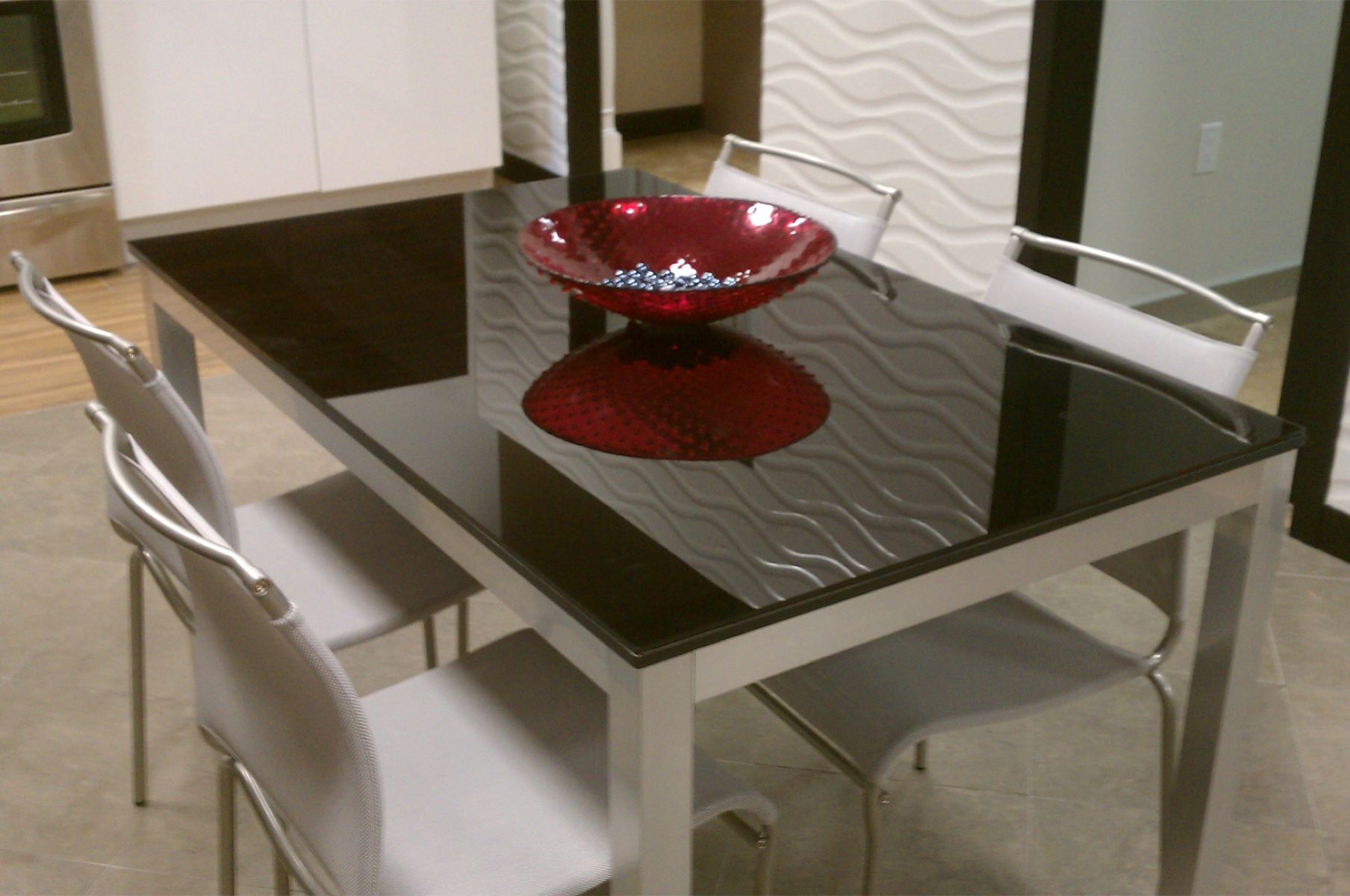

Interior Design Trends
How To Dispose Of A Glass Table Top
Published: February 4, 2024
Learn the latest interior design trends for disposing of a glass table top. Find expert tips and techniques for a seamless and stylish solution.
(Many of the links in this article redirect to a specific reviewed product. Your purchase of these products through affiliate links helps to generate commission for Storables.com, at no extra cost. Learn more)
Introduction
Disposing of a glass table top may seem like a daunting task, but with the right guidance, it can be a straightforward process. Whether you're upgrading your furniture or dealing with a broken or unwanted glass top, knowing how to safely and responsibly dispose of it is essential. In this comprehensive guide, you will learn the step-by-step process to effectively and safely dispose of a glass table top. From preparation to cleanup, each step is designed to ensure that the disposal process is efficient and hazard-free.
Glass table tops are not only heavy but also fragile, making them potentially hazardous to handle. Therefore, it's crucial to approach the disposal process with caution and the right tools. By following the steps outlined in this guide, you can confidently navigate through the disposal process, minimizing the risk of accidents and ensuring that the glass is disposed of in an environmentally friendly manner.
Whether you're a homeowner, a renter, or a business owner, knowing how to dispose of a glass table top is a valuable skill that can save you time, money, and potential safety hazards. By the end of this guide, you will have the knowledge and confidence to tackle this task efficiently and responsibly. So, let's dive into the step-by-step process of safely disposing of a glass table top.
Key Takeaways:
- Safely disposing of a glass table top involves careful preparation, protective gear, and responsible recycling. By following the steps, you can ensure a hazard-free and eco-friendly disposal process.
- Prioritize safety, handle with care, and clean up thoroughly after disposing of a glass table top. This ensures a smooth and secure process, protecting both you and the environment.
Read more: How To Build A Glass Top Coffee Table
Step 1: Prepare the area
Before you begin the process of disposing of a glass table top, it's crucial to prepare the area to ensure a safe and efficient operation. Here's a detailed breakdown of the steps involved in preparing the area for glass disposal:
-
Clear the Surrounding Space: Start by clearing the immediate area around the glass table top. Remove any objects, furniture, or obstacles that may obstruct your movement or pose a risk during the disposal process. Creating a clear and spacious working environment will minimize the chances of accidents and allow for easier maneuvering.
-
Lay Down Protective Materials: Lay down a thick, durable material such as a tarp or old blankets to protect the floor or ground beneath the glass table top. This will serve as a cushioning layer to prevent the glass from directly contacting the surface, reducing the risk of scratches or breakage during handling.
-
Secure the Pathway: If you need to transport the glass top to a disposal area, ensure that the pathway is clear and free from any potential hazards. Remove any tripping hazards, secure loose rugs or carpets, and create a clear pathway to facilitate the safe movement of the glass without any obstructions.
-
Gather Essential Tools and Equipment: Equip yourself with the necessary tools and safety gear, including heavy-duty gloves, protective eyewear, and sturdy footwear with non-slip soles. Additionally, consider using a dolly or a similar lifting aid if the glass top is particularly heavy or cumbersome to handle.
-
Enlist Assistance if Needed: If the glass table top is large or unwieldy, consider enlisting the help of a friend or family member to assist with the preparation and handling process. Having an extra pair of hands can make the task more manageable and reduce the risk of accidents or strain.
By meticulously preparing the area before initiating the glass disposal process, you can significantly mitigate the risks associated with handling fragile and heavy materials. This proactive approach sets the stage for a smooth and safe disposal operation, ensuring that the subsequent steps can be carried out with precision and confidence.
Step 2: Protect yourself
When it comes to handling glass, prioritizing personal safety is paramount. Protecting yourself from potential injuries and hazards is a crucial aspect of the glass disposal process. Here's a detailed overview of the essential measures to safeguard yourself during the disposal of a glass table top:
-
Wear Protective Gear: Before engaging in any activities related to the glass disposal, ensure that you are equipped with the appropriate protective gear. This includes heavy-duty work gloves to shield your hands from sharp edges and potential cuts. Additionally, wear protective eyewear to safeguard your eyes from any glass particles or debris that may be dislodged during handling.
-
Choose Appropriate Attire: Opt for clothing that provides coverage and protection. Long sleeves and sturdy pants can offer an extra layer of defense against accidental contact with the glass. Avoid loose-fitting clothing that may pose a risk of getting caught on protruding edges or corners of the glass.
-
Secure Footwear: Select footwear with non-slip soles to maintain stability and traction while handling the glass table top. Sturdy, closed-toe shoes or boots are recommended to protect your feet from potential impact or crushing hazards.
-
Mindful Handling Techniques: Familiarize yourself with safe lifting and carrying techniques to minimize the risk of strain or injury. Lift with your legs, not your back, and ensure a secure grip on the glass to prevent accidental drops or slips.
-
Establish a Safety Zone: Clearly mark the area where the glass disposal activities will take place, and communicate this to others in the vicinity. Restrict access to the designated area to prevent unauthorized individuals from inadvertently entering the space during the disposal process.
-
Stay Alert and Focused: Maintain a high level of attentiveness throughout the glass disposal process. Avoid distractions and stay focused on the task at hand to minimize the likelihood of accidents or mishandling.
By prioritizing your safety and taking proactive measures to protect yourself, you can approach the glass disposal process with confidence and peace of mind. These precautions not only reduce the risk of injuries but also contribute to a smoother and more controlled disposal operation. Remember, ensuring your safety is the foundation for a successful and hazard-free glass disposal experience.
Step 3: Remove the glass top
Removing the glass top from a table requires careful planning and execution to ensure the safety of both the handler and the glass itself. Here's a detailed breakdown of the steps involved in safely removing the glass top:
-
Assess the Attachment Mechanism: Before attempting to lift the glass, examine how it is secured to the table. Some glass tops may be held in place by suction cups, adhesive pads, or brackets. Understanding the attachment mechanism will help you determine the best approach for removal.
-
Clear the Surface: Remove any items resting on the glass top and ensure that the surrounding area is free from obstructions. This creates a clear workspace and minimizes the risk of accidental damage to the glass or other objects.
-
Lift with Caution: If the glass top is relatively small and manageable, carefully lift it from one edge using both hands, ensuring a secure grip. If the glass is large or heavy, consider using a suction cup or a similar lifting aid to provide additional support and stability during the removal process.
-
Enlist Assistance if Needed: For larger or heavier glass tops, it's advisable to have a second person assist with the lifting and maneuvering. This not only reduces the physical strain but also enhances safety by ensuring a controlled and coordinated effort.
-
Place the Glass Securely: Once the glass top has been lifted from the table, carefully place it on a soft, flat surface, such as the protective material previously laid out. Avoid sudden movements or impacts that could cause the glass to shift or slide, potentially leading to breakage.
-
Inspect for Damage: After the glass top has been removed, take a moment to inspect it for any signs of damage or weakness. Look for chips, cracks, or scratches that may have occurred during the removal process. Identifying any issues early on can inform the subsequent disposal steps.
By following these steps, you can effectively and safely remove the glass top from the table, setting the stage for the next phase of the disposal process. Handling the glass with care and attention to detail is essential to prevent accidents and ensure that the glass remains intact until it is ready for disposal.
To dispose of a glass table top, wrap it in several layers of thick cardboard or bubble wrap to prevent breakage. Then, place it in a sturdy box and label it as “Fragile” before taking it to a recycling center or arranging for a special pickup with your waste management company.
Step 4: Dispose of the glass responsibly
Once the glass top has been safely removed, the next crucial step is to responsibly dispose of it. Glass, being a non-biodegradable material, requires careful handling to ensure that it is properly recycled or disposed of in a manner that minimizes environmental impact. Here's a detailed guide on how to responsibly dispose of the glass table top:
-
Research Local Recycling Options: Begin by researching local recycling facilities or drop-off locations that accept glass. Many communities have designated recycling centers equipped to handle glass materials. Contact these facilities or visit their websites to understand their specific requirements for accepting glass items.
-
Separate Glass from Other Materials: If the glass top is accompanied by other materials such as metal or wood components, carefully separate the glass to ensure it can be recycled or disposed of independently. This may involve dismantling the table or separating the glass from its base, depending on the construction.
-
Check for Curbside Pickup Services: Some municipalities offer curbside pickup services for glass recycling. Inquire with your local waste management authority to determine if this option is available in your area. If so, adhere to the guidelines provided for preparing the glass for curbside collection.
-
Prepare Glass for Transport: If you need to transport the glass to a recycling facility or drop-off location, take measures to secure and protect it during transit. Use sturdy cardboard, blankets, or bubble wrap to cushion and shield the glass from potential damage while in transport.
-
Adhere to Safety Regulations: When handling and transporting the glass, ensure compliance with safety regulations and guidelines. Use appropriate lifting techniques, secure the glass in a vehicle to prevent shifting or breakage, and follow any local regulations regarding the transportation of glass materials.
-
Utilize Professional Disposal Services: In cases where the glass top is large, heavy, or challenging to transport, consider engaging professional disposal services. These services are equipped to handle and dispose of glass items safely and responsibly, ensuring that the material is processed in accordance with environmental standards.
-
Explore Upcycling or Donation Opportunities: If the glass top is in good condition and suitable for reuse, consider exploring opportunities for upcycling or donating it to individuals or organizations in need of glass materials for creative projects or repairs. This approach promotes sustainability and extends the useful life of the glass.
By following these steps, you can ensure that the glass table top is disposed of responsibly, whether through recycling, professional disposal, or alternative reuse methods. Prioritizing responsible disposal not only minimizes the environmental impact but also contributes to the sustainable management of glass materials within your community.
Read more: How To Dispose Of Old Glassware
Step 5: Clean up the area
After successfully removing and disposing of the glass table top, it's essential to thoroughly clean up the surrounding area to ensure safety and maintain a tidy environment. Here's a detailed guide on how to effectively clean up the area following the glass disposal process.
-
Remove Protective Materials: Begin by carefully removing the protective materials, such as tarps or blankets, that were placed beneath the glass table top. Inspect the materials for any glass fragments or debris to ensure that they are completely free from potential hazards before handling them.
-
Inspect for Residual Debris: Conduct a meticulous inspection of the immediate area where the glass table top was situated. Look for any residual glass shards, dust, or particles that may have accumulated during the removal process. Use a handheld vacuum, broom, or damp cloth to carefully remove any remaining debris.
-
Check for Surface Damage: Examine the surface beneath the glass table top for any signs of damage or scratches. Depending on the type of flooring or furniture underneath, assess whether any protective measures are necessary to address potential impacts from the glass or the disposal process.
-
Sanitize and Polish: If the area requires cleaning and sanitization, use appropriate cleaning solutions and materials to restore the surface to its original condition. This may involve using mild detergents, glass cleaners, or wood polish, depending on the specific surface materials.
-
Secure Disposal Tools: Safely stow away any tools, equipment, or protective gear that were utilized during the glass disposal process. Store heavy-duty gloves, lifting aids, and other items in designated storage areas to ensure they are readily accessible for future use.
-
Restore the Space: Once the area has been thoroughly cleaned and inspected, restore any furniture, decor, or objects that were temporarily relocated to accommodate the glass disposal activities. Ensure that the space is returned to its original layout and functionality.
-
Maintain Safety Awareness: Even after the cleanup is complete, remain vigilant for any stray glass particles or potential hazards that may have been overlooked. Encourage others who may access the area to exercise caution and report any concerns related to safety or cleanliness.
By diligently cleaning up the area following the glass disposal process, you can create a safe, organized, and visually appealing space. This final step ensures that the surrounding environment is free from residual hazards and ready for regular use, providing a sense of closure to the glass disposal endeavor.
Conclusion
In conclusion, the process of disposing of a glass table top requires careful planning, attention to safety, and a commitment to responsible waste management. By following the step-by-step guide outlined in this comprehensive resource, individuals can confidently navigate through each phase of the disposal process, from preparation to cleanup, with a focus on efficiency and hazard-free execution.
The journey begins with meticulous preparation of the disposal area, ensuring that the space is clear, protected, and equipped with the necessary tools and safety measures. This proactive approach sets the stage for a smooth and controlled operation, minimizing the risk of accidents and facilitating the subsequent steps.
Prioritizing personal safety is a fundamental aspect of the glass disposal process. By donning the appropriate protective gear, adopting mindful handling techniques, and staying focused throughout the operation, individuals can safeguard themselves from potential injuries and hazards, laying the groundwork for a successful and secure disposal experience.
The careful removal of the glass top from the table is a critical phase that demands attention to detail and precision. By assessing the attachment mechanism, lifting the glass with caution, and enlisting assistance when necessary, individuals can ensure that the glass is handled with care and removed from its original position without incident.
Responsibly disposing of the glass table top is the cornerstone of sustainable waste management. Whether through recycling, professional disposal services, or alternative reuse methods, individuals can contribute to the environmentally conscious handling of glass materials, minimizing their impact on the ecosystem and promoting community-wide sustainability.
Finally, the thorough cleanup of the surrounding area marks the completion of the glass disposal process. By removing protective materials, inspecting for residual debris, and restoring the space to its original condition, individuals can ensure that the environment is safe, organized, and ready for regular use.
In essence, the journey of disposing of a glass table top is a testament to the importance of proactive planning, safety awareness, and environmental responsibility. By embracing these principles, individuals can navigate through the disposal process with confidence, ensuring that the glass is handled and disposed of in a manner that prioritizes safety, sustainability, and community well-being.
Frequently Asked Questions about How To Dispose Of A Glass Table Top
Was this page helpful?
At Storables.com, we guarantee accurate and reliable information. Our content, validated by Expert Board Contributors, is crafted following stringent Editorial Policies. We're committed to providing you with well-researched, expert-backed insights for all your informational needs.
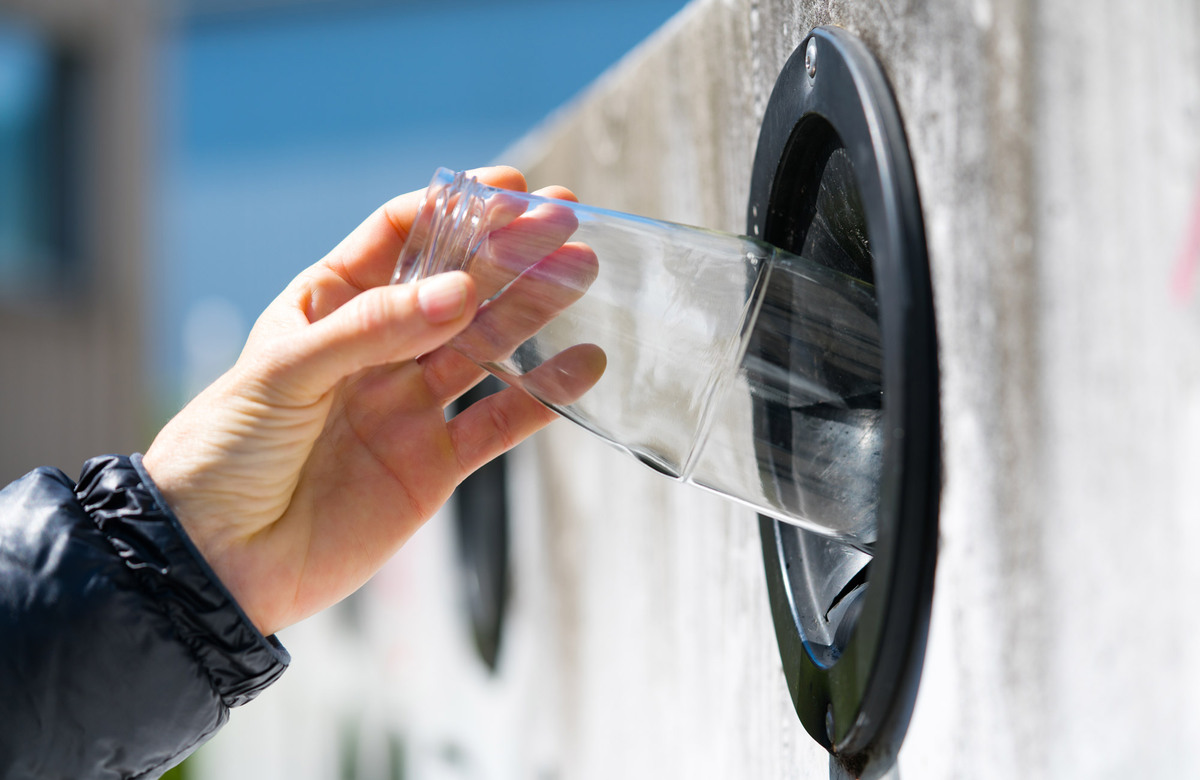

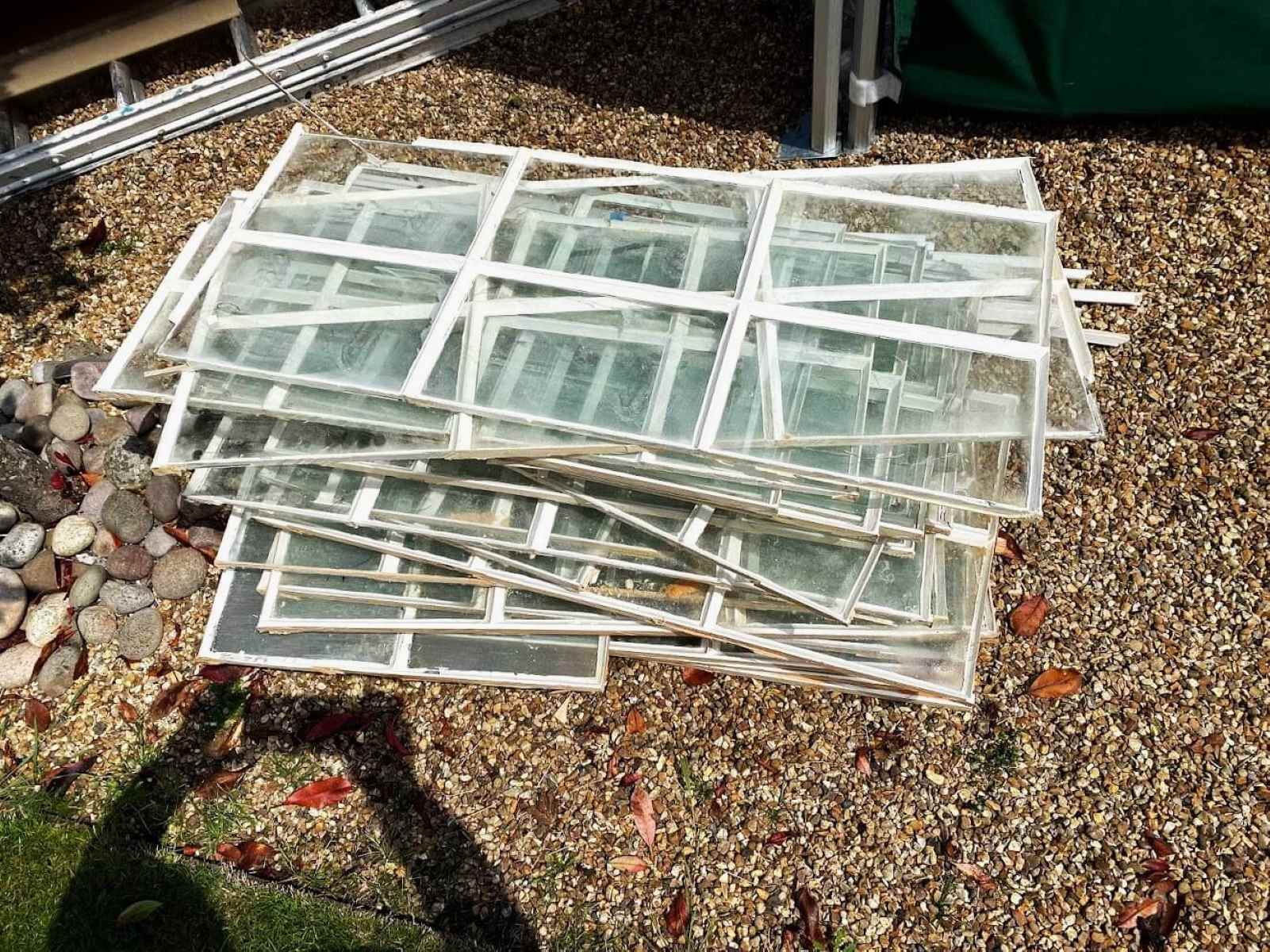

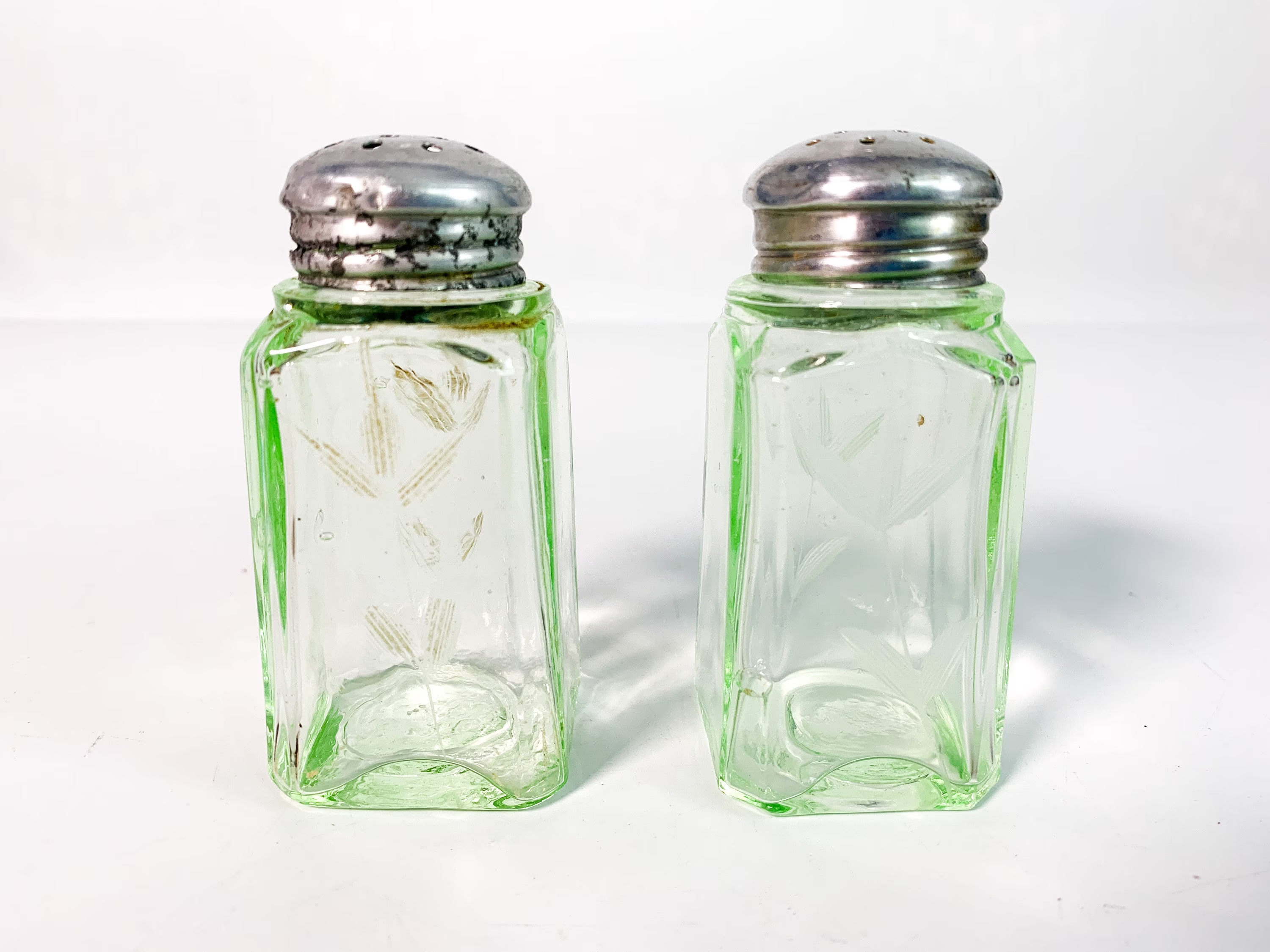
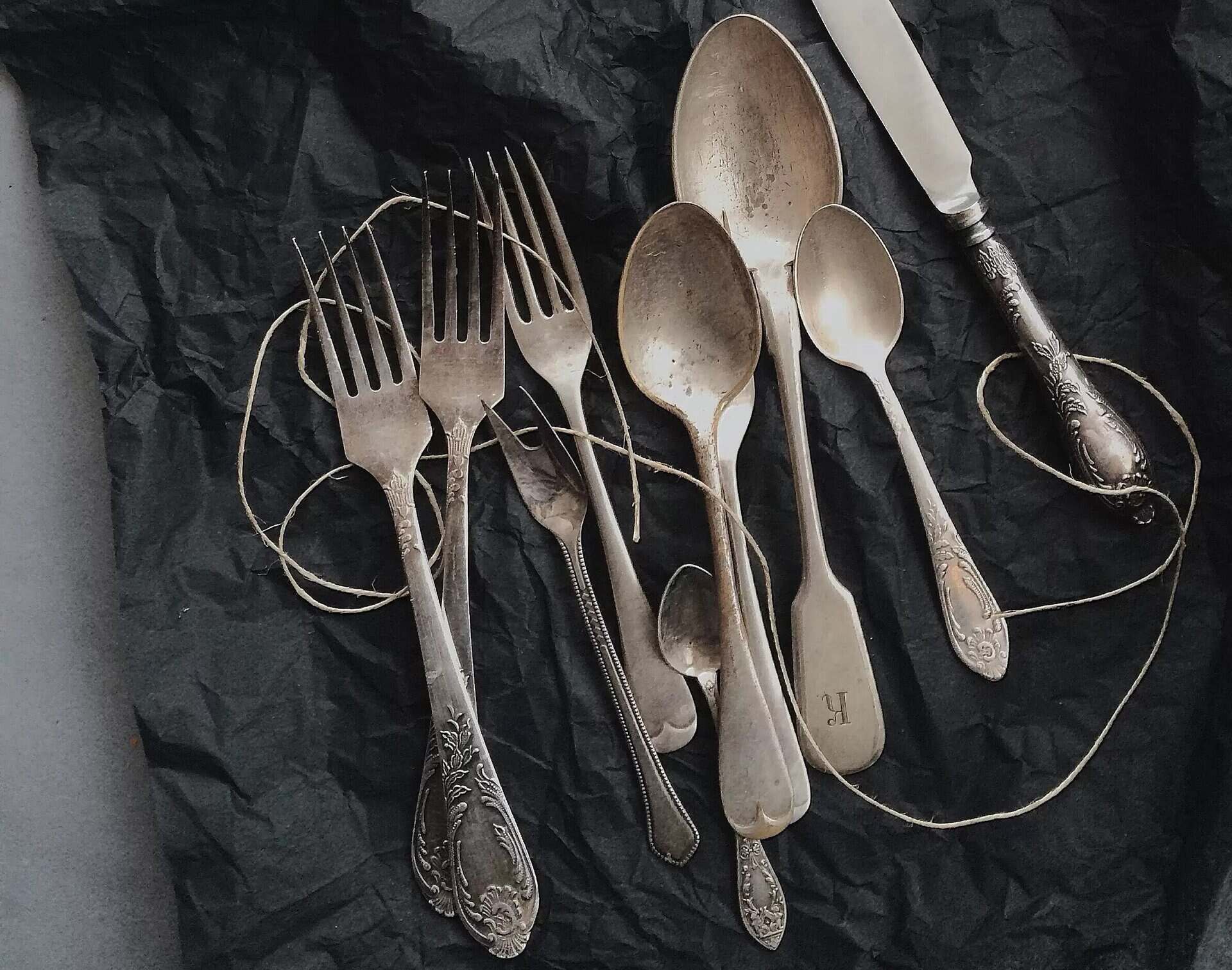
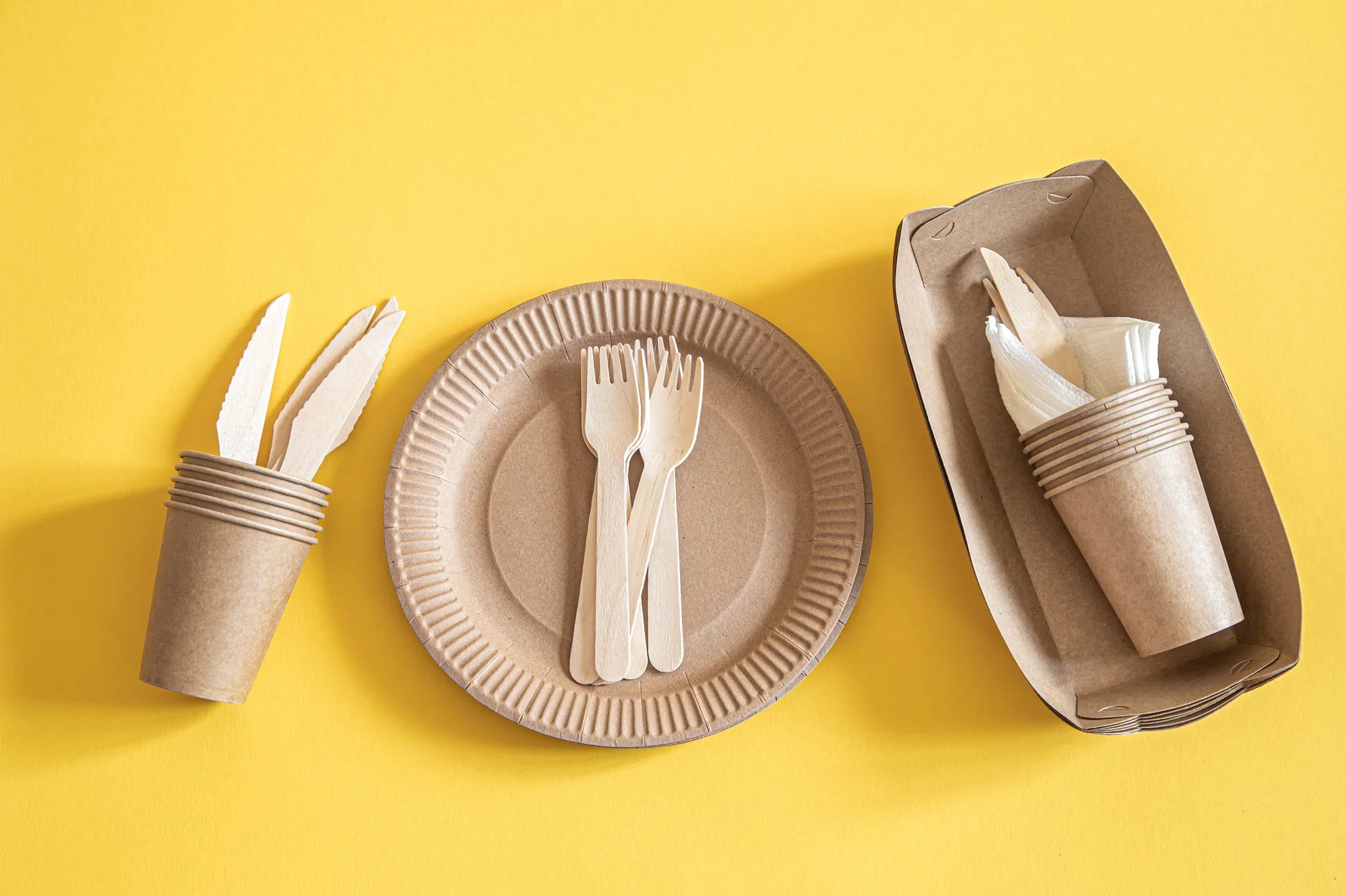

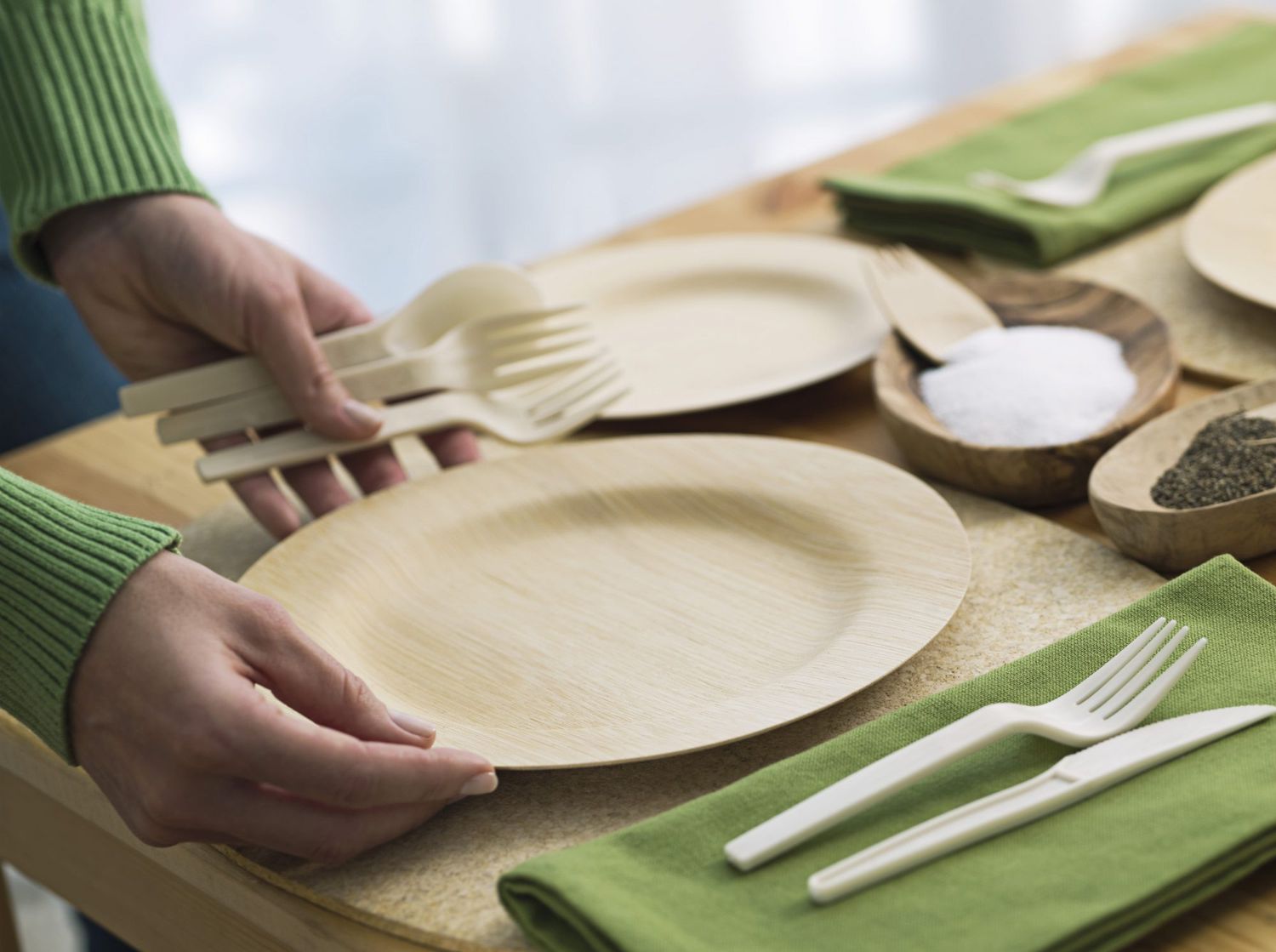

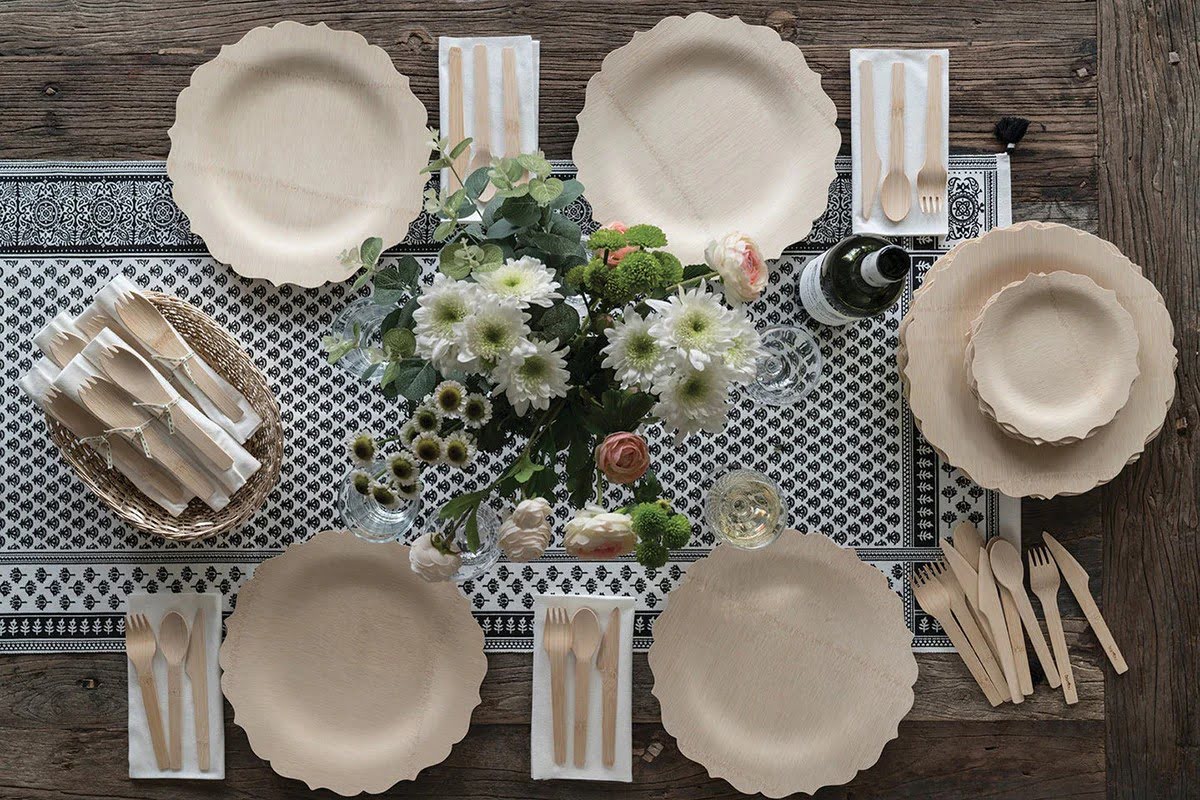
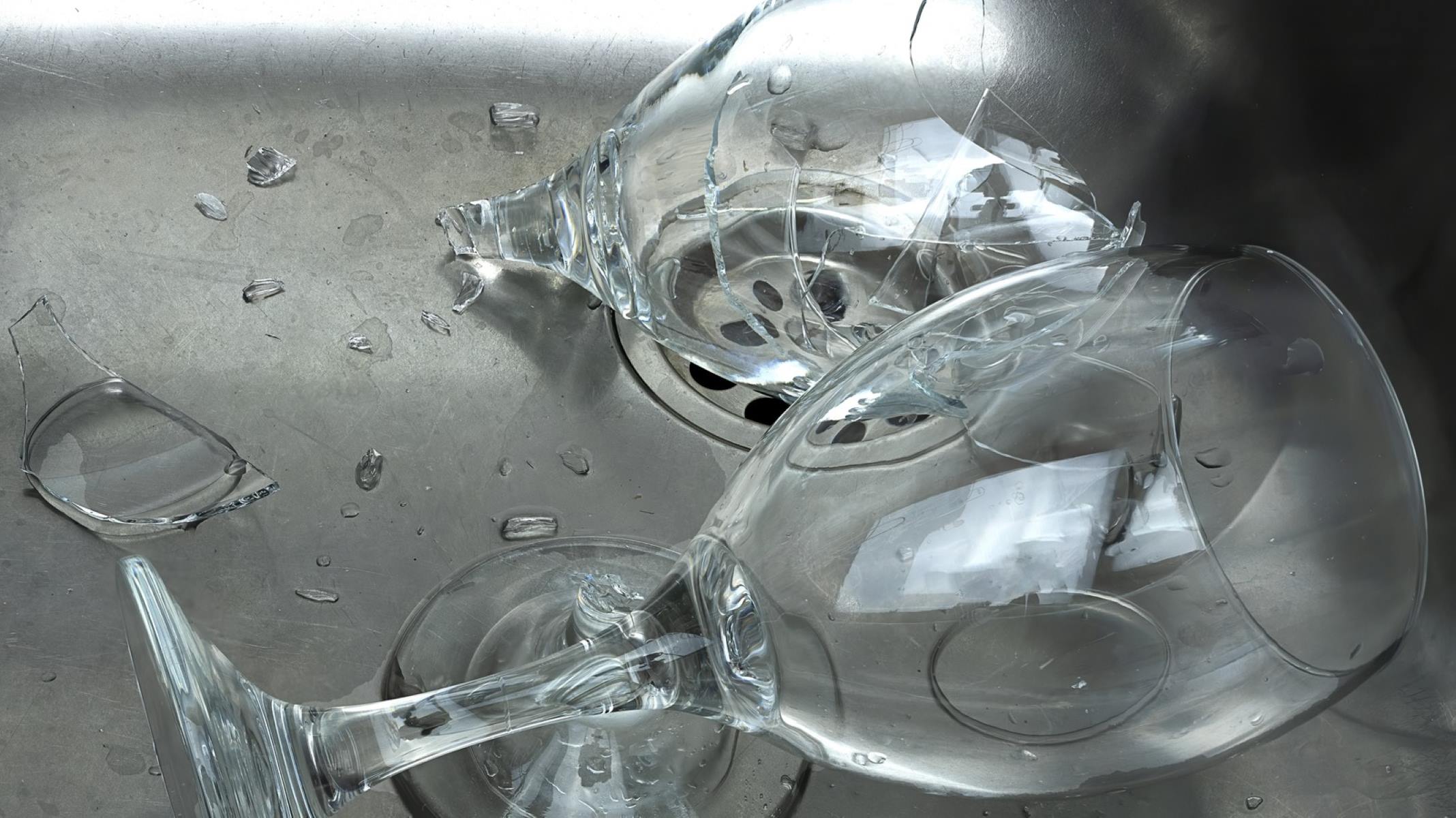
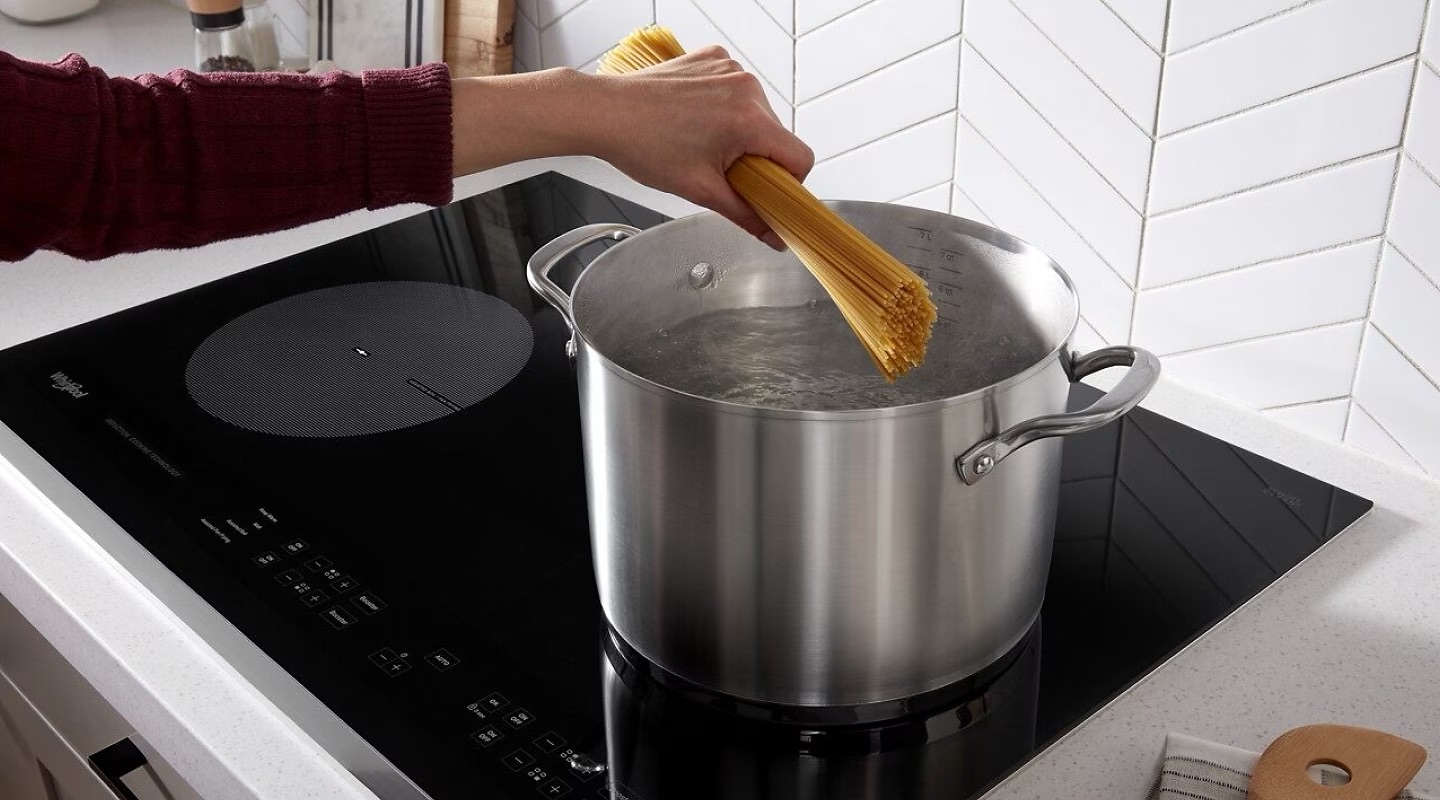
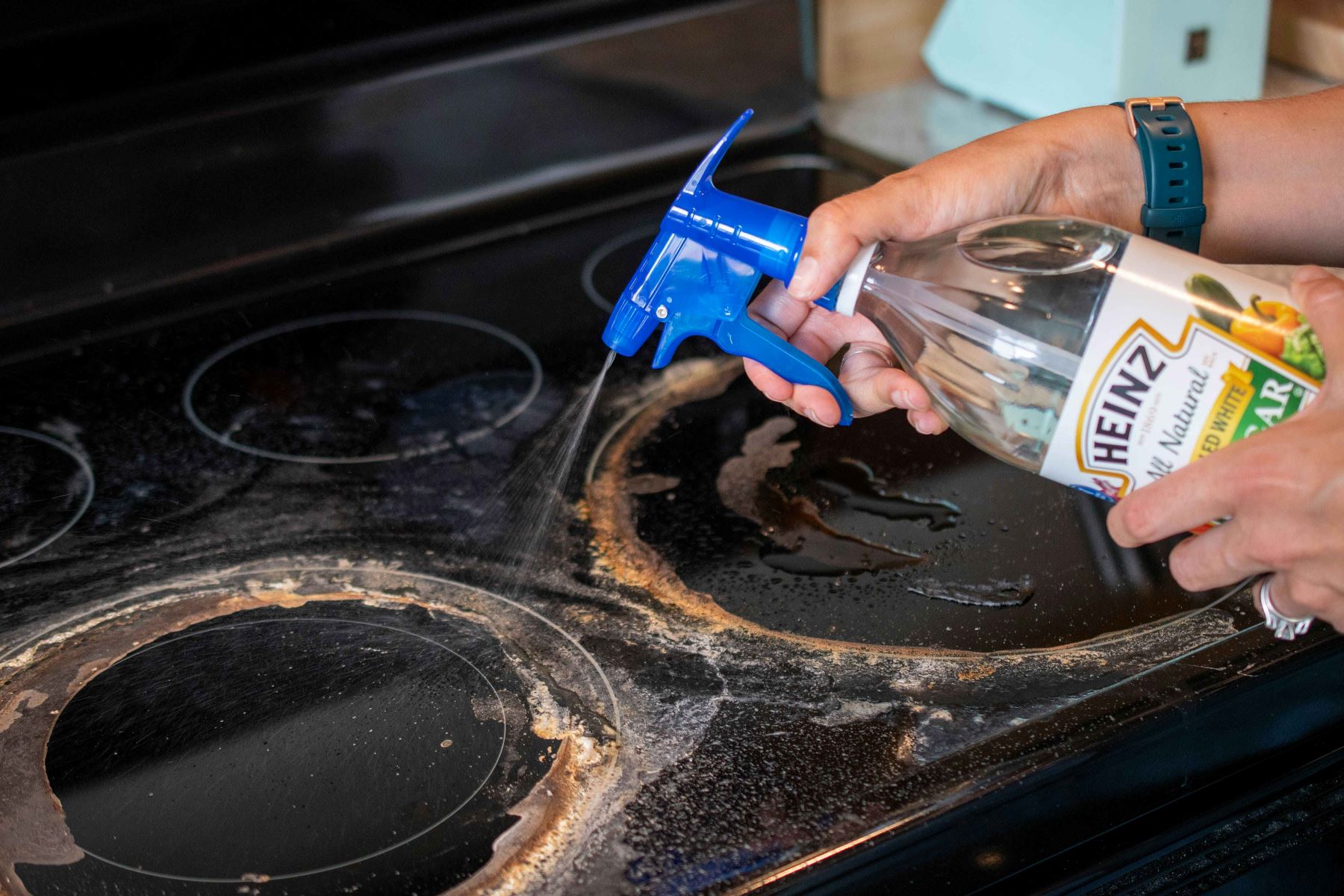

0 thoughts on “How To Dispose Of A Glass Table Top”